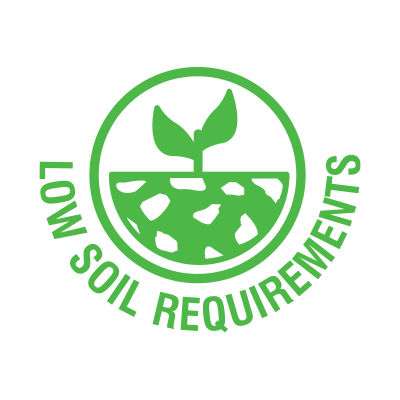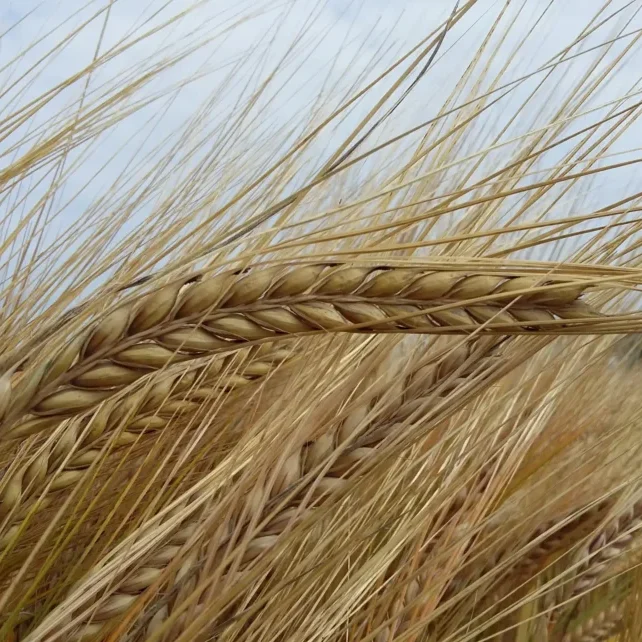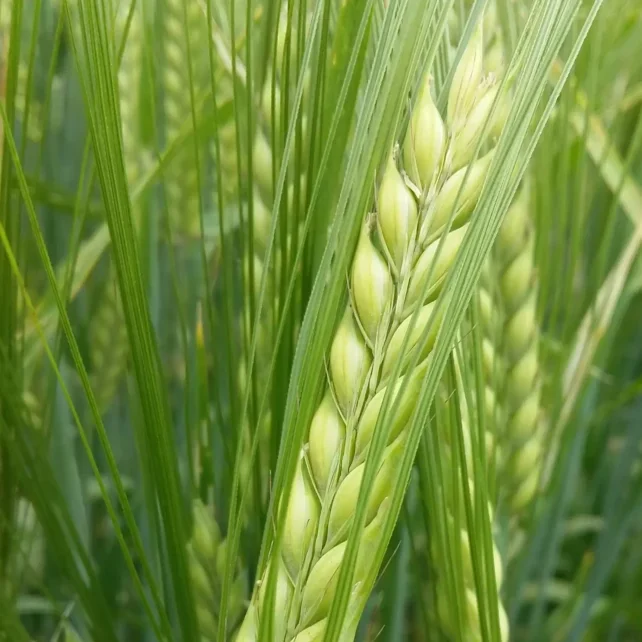Products Spring Grains Spring barley Eldorado





Special features of spring barley Eldorado
- A variety recommended for weaker sites, it has a very high tolerance to soil acidification.
- High and stable yield potential also on weaker soils.
Other information
- High health profile – very high resistance to barley diseases, especially to: powdery mildew, barley rust and black spot.
- The mlo gene, which guarantees genetic resistance to powdery mildew.
- Medium height plants with stiff straw and high lodging resistance.
- Medium-level protein content and TGW.
- Variety with low soil requirements, with mid earing date and early maturity date.
- Yields high and stable throughout the country at all levels of cultivation intensity.



Previous image
Next image
Utility and agriicultural features
Type of variety
fodder
Earing date
medium
Full maturity date
early
Plant height
77 cm
Seed protein
medium
Resistance to lodging
5,9 good
Soil requirements
low
Tolerance to soil acidity
very high
TGW
44,8 g
Seed density (pcs per sq.m)
280-320 pcs
Disease resistance according to Coboru:
Powdery mildew
mlo gene
Net blotch
7,2 high
Barley rust
7 medium
Scald disease
8,2 medium
Dark brown
blotch
7,5 high

